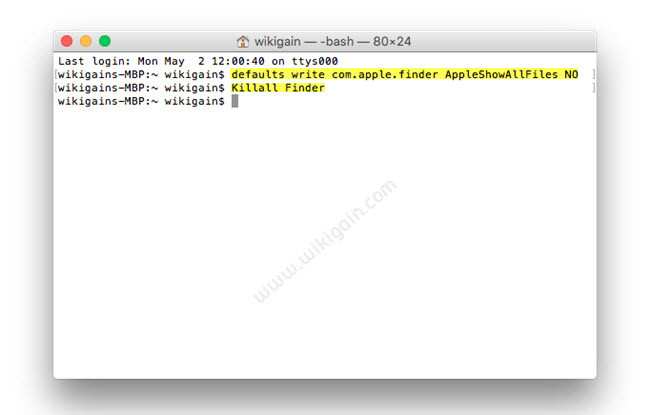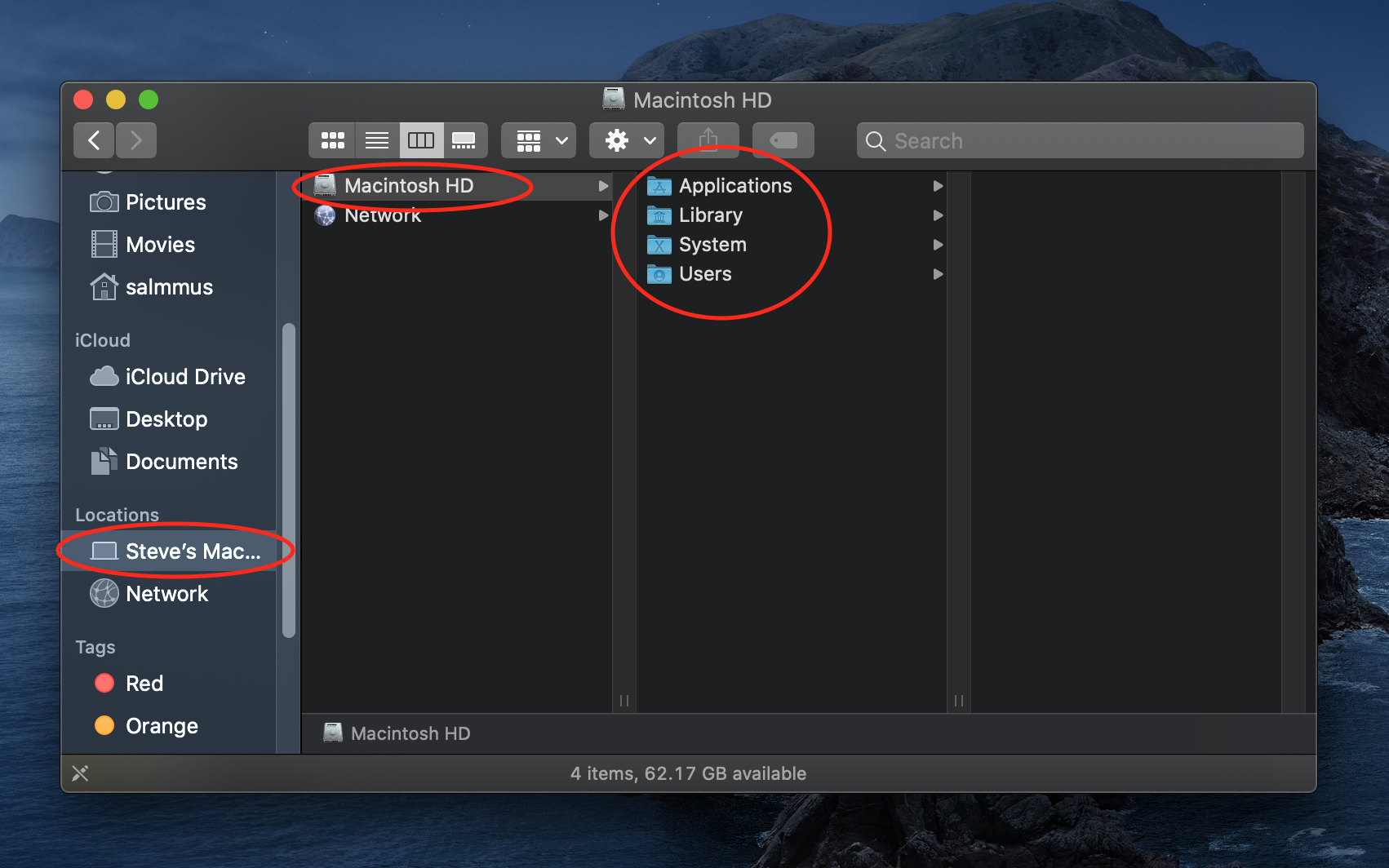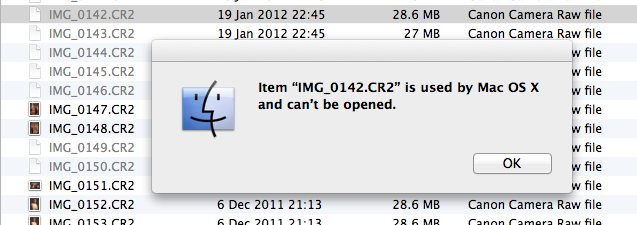And if you’re using a version of Windows before Windows 7, you’ll need to run the Command Prompt as administrator.. If you’re using the Command Prompt instead, you’d also have to run that as an administrator.
How to replace text in word for mac While some of these connections are harmless, there is always a chance that you have some malware, spyware, or adware using your Internet connection in the background without your knowledge.
Free printable pedigree template
And, you can do it using either PowerShell or Command Prompt The command works the same in both. Zune 2017 download free



The –b option adds what application is making the connection to the results The –f option displays the full DNS name for each connection option, so that you can more easily understand where the connections are being made.. Your PC makes lots of Internet connections in a day’s business, and not all of them are necessarily sites you’re aware connections are happening with.. Then, we’ll show you two free tools—TCPView and CurrPorts—that also get the job done and may be more convenient.. The first uses the good old netstat command from PowerShell or the Command Prompt.. You can do this on any PC running Windows, from Windows XP Service Pack 2 all the way up to Windows 10.. If you’re using Windows 8 or 10, fire up PowerShell as an administrator by hitting Windows+X, and then selecting “PowerShell (Admin)” from the Power User menu.. Method 1: Show Hidden Files on Flash Drive Using Command Prompt Insert your flash drive.. If you followed this method but the files are still missing or are still hidden, follow the next two methods. b0d43de27c


0